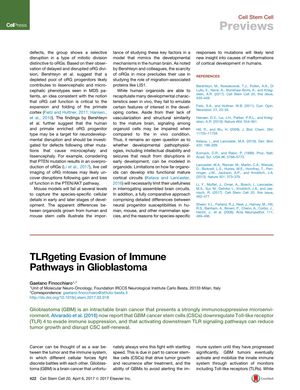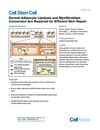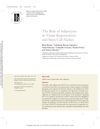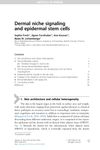Targeting Evasion of Immune Pathways in Glioblastoma
April 2017
in “
Cell Stem Cell
”

TLDR Some brain cancer cells avoid immune system detection, and certain treatments could target this to slow their growth; also, certain fat cell precursors help regenerate hair and skin after injury.
The document from April 1, 2017, presents findings from two separate studies. The first study by Alvarado et al. focuses on glioblastoma (GBM) and reveals that GBM cancer stem cells (CSCs) evade immune detection by downregulating Toll-like receptor (TLR) 4. The study found that TLR4 agonists like lipopolysaccharide (LPS) can inhibit non-CSC growth and reduce tumor growth in mice, with TLR4 expression present in 43% of GBM cells but less than 1% in CD133-positive GBM CSCs. Overexpression of TLR4 or silencing of retinoblastoma binding protein 5 (RBBP5) was shown to decrease GBM CSC proliferation and self-renewal, suggesting that targeting RBBP5 might be a more effective therapeutic strategy. The second study by Plikus et al. (2017) discusses the role of adipocyte precursor cells (APCs) and mature adipocytes in skin and hair follicle regeneration. It was found that myofibroblasts can become lipid-filled adipocytes that regenerate hair follicles in large skin wounds, with BMP signaling being crucial for this process. This suggests a new source of adipogenic progenitor cells and adds to the understanding of dermal mesenchymal cell heterogeneity.





